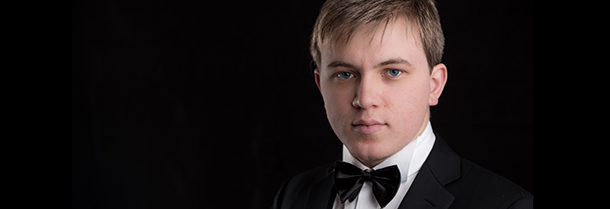Tag: Karlheinz Stockhausen
-

PROGRAM NOTES: FILIPPO GORINI
Ludwig van Beethoven Sonata A flat major Op. 110 Beethoven’s penultimate piano sonata is remarkable for the utter simplicity of its musical ideas and the directness with which they are expressed. The most obvious late-period features of this work are an extremely wide keyboard range and a melding of slow movement and finale into a…

